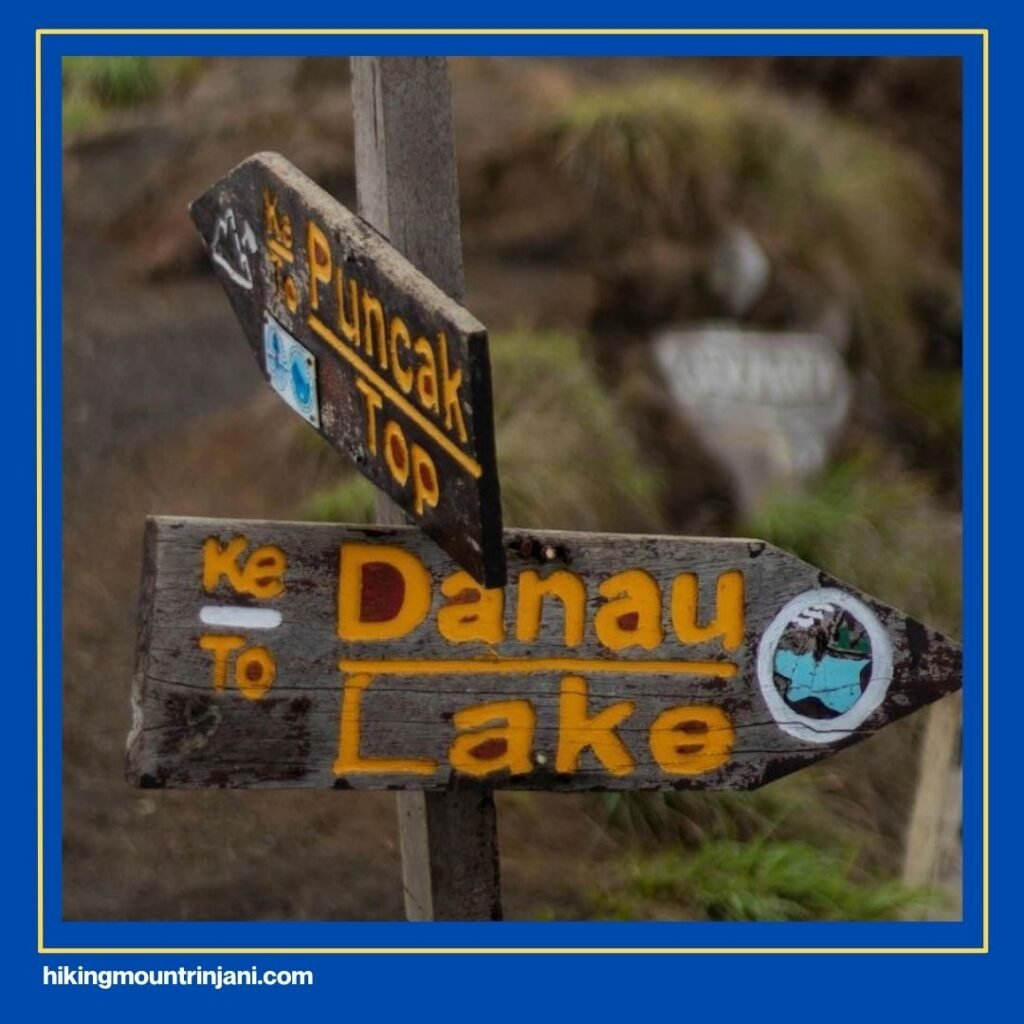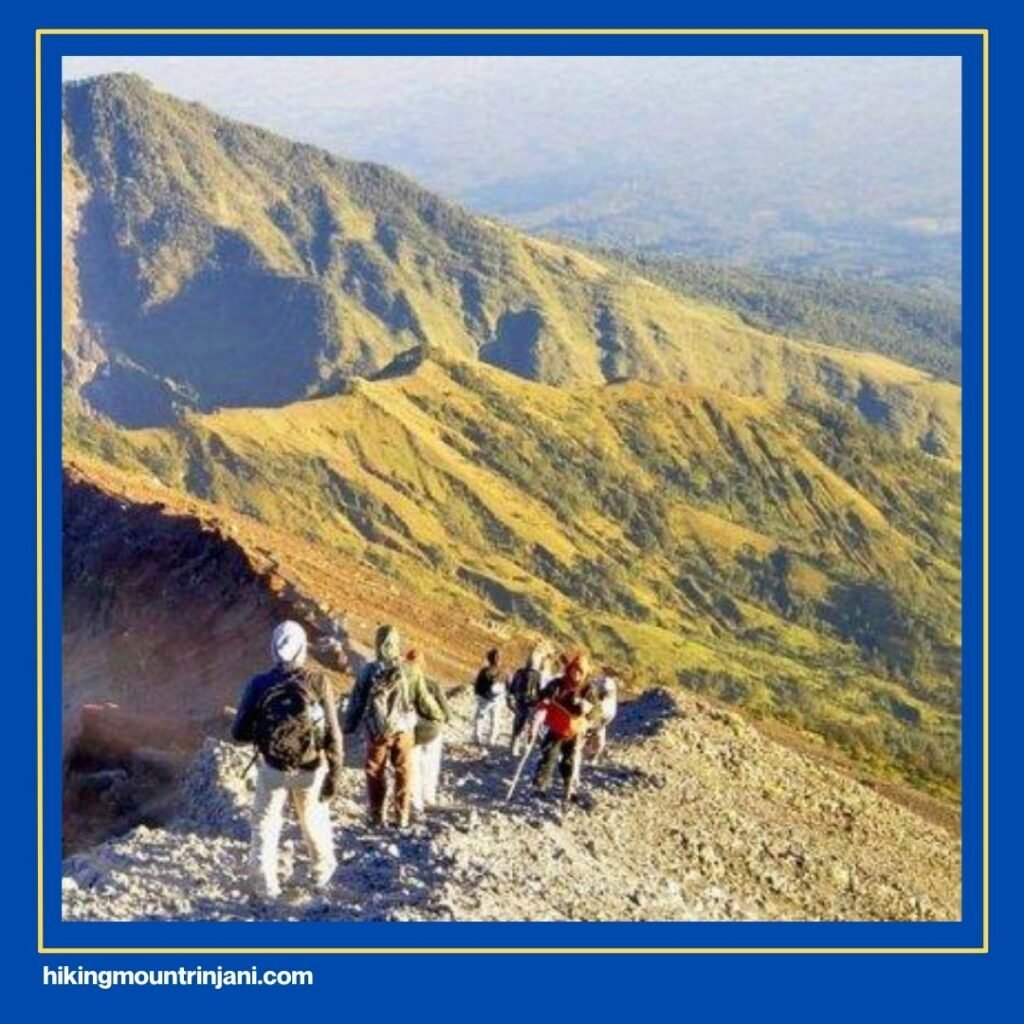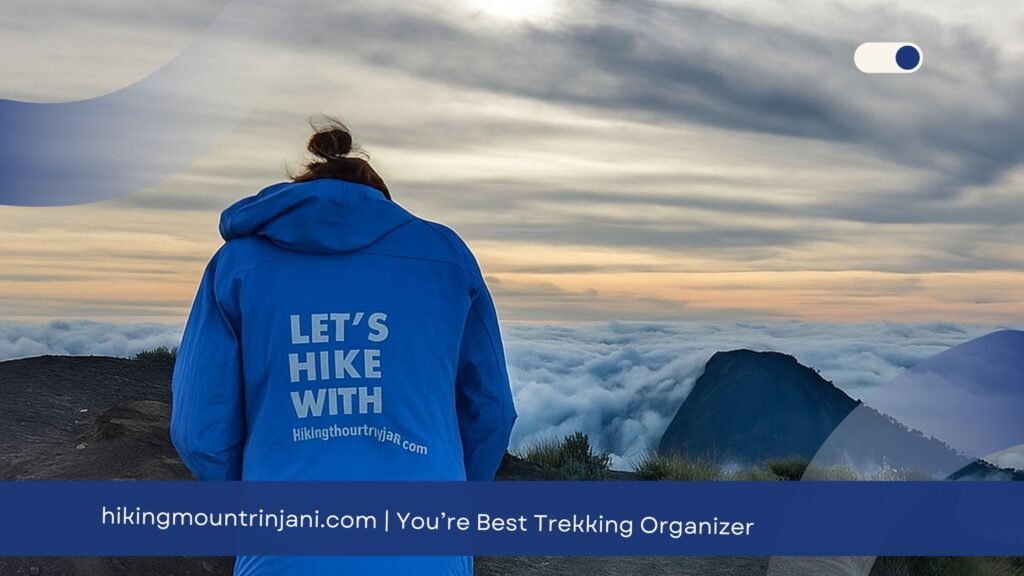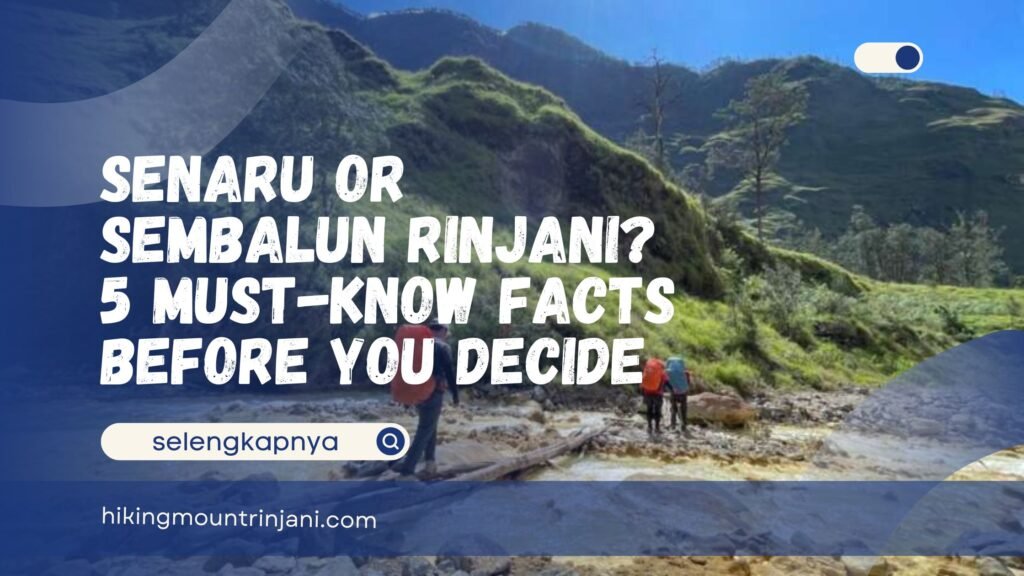Senaru or Sembalun Rinjani – Mount Rinjani, the second-highest volcano in Indonesia, is more than just a hiking destination. It’s an experience that combines breathtaking scenery, physical challenge, and a glimpse into the spiritual heart of Lombok. Each year, thousands of trekkers from around the world set their sights on its 3,726-meter peak, seeking both adventure and serenity.
However, before you look for a trekking company and book your ticket, you need to do some research on the hiking route you want to take. Out of the six available routes, two are the most popular: Sembalun and Senaru. So, should you start your Rinjani hike from Senaru or Sembalun?
Both are official gateways to Rinjani National Park, both are stunning in their own way, and both offer unique experiences. Yet, depending on your physical condition, trekking style, and expectations, the “right” starting point can make a huge difference in your journey.
To help you make the best decision, let’s first take a look at the main hiking routes of Mount Rinjani and understand why Senaru and Sembalun stand out the most.
The Most Popular Mount Rinjani Hiking Routes (Ranked)

Mount Rinjani has six official hiking routes recognized by the national park authorities. Each route offers a unique perspective of the mountain, from lush tropical forests to wide savannas and crater views.
Below is the ranking of the most popular Rinjani routes, based on the number of trekkers and reviews from both local and international hikers:
- Sembalun Route – The most popular route among international trekkers. It offers a shorter distance to the summit and wide-open views of Rinjani’s savanna landscape.
- Senaru Route – The traditional route and a long-time favorite of local hikers. It passes through dense tropical forests and leads to the iconic Segara Anak Crater Lake.
- Aik Berik Route (Central Lombok) – A newer official route offering a quieter, less crowded trail with beautiful forest scenery and a stronger focus on eco-tourism.
- Timbanuh Route – Known for its challenging terrain and fewer visitors, this path is ideal for experienced hikers seeking solitude and raw natural beauty.
- Torean Route – A scenic yet technical trail that descends close to Segara Anak Lake, featuring dramatic waterfalls, cliffs, and lush valleys along the way.
- Tete Batu Route – Considered one of the most extreme Rinjani trails. It passes through steep valleys and narrow pathways that require advanced hiking skills. Only experienced trekkers are recommended to take this route due to its demanding and exposed terrain.
.
Read also: Best Mount Rinjani Tours for the Rainy Season (Oct – December)
Senaru or Sembalun Rinjani? 5 Must-Know Facts Before You Decide
Among all six, Senaru and Sembalun remain the top choices. Not only because of their accessibility and infrastructure but also because they perfectly balance challenge, scenery, and convenience. So, how do you decide between them? Let’s break it down.
1. Route to the Summit

If your primary goal is to reach the summit of Mount Rinjani, Sembalun might be the more efficient option. The Sembalun route generally covers a shorter distance to the peak compared to Senaru, although this can vary slightly depending on your trekking operator’s specific route.
From Sembalun, the summit push typically starts from the base camp at around 2,639 meters and takes about 3–4 hours. In contrast, from Senaru, hikers must first trek to the crater rim before continuing to Sembalun side for the summit attempt, adding one more night and roughly 5–6 extra hours of walking.
That said, Senaru offers a smoother acclimatization process since you ascend gradually through forest terrain. If you’re new to high-altitude hiking, this slower ascent can help your body adapt better before tackling the steep climb to the summit.
2. Amount of Shade Along the Trail

This is one of the most noticeable differences between the two routes.
Sembalun is dominated by open savanna landscapes: wide, grassy hills with minimal tree cover. While this offers panoramic views of Rinjani’s slopes and Lombok’s northern plains, it also means less protection from the sun. The early part of the trek can feel hot and exposed, especially during midday.
On the other hand, Senaru provides a much cooler and shadier environment. The trail winds through dense tropical forest, offering natural shade from the beginning until you reach the crater rim. It’s more humid, but the canopy helps maintain a comfortable temperature throughout most of the hike.
If you’re sensitive to heat or planning your hike in the dry season (May–October), you might find Senaru’s forest shade more forgiving than Sembalun’s open terrain.
3. Trail Steepness

Sembalun may be shorter to the summit, but don’t underestimate its slope.
The trail from Sembalun starts with gentle rolling hills but becomes steep and exposed as you approach Pos 3 and the Sembalun Crater Rim (Pelawangan Sembalun). The summit attack is also quite demanding — loose volcanic sand makes every step feel like sliding back half a pace.
Meanwhile, the Senaru route begins with a consistent incline through forest trails, making it less exposed but continuously uphill. The steepest section appears just before the Senaru Crater Rim, where the path climbs sharply through volcanic rock.
In short:
- Sembalun = gradual start, steep finish.
- Senaru = steady climb throughout.
Both are challenging in different ways. Your choice depends on whether you prefer gradual endurance or consistent effort from start to finish.
4. Acclimatization Ability

Acclimatization plays a vital role when climbing Rinjani, especially for trekkers who aren’t used to high altitudes.
The Senaru route offers a better natural acclimatization pattern because you gain elevation more slowly while passing through forest terrain. Spending the first night at Senaru Crater Rim (around 2,641 meters) before crossing over to Sembalun provides your body with time to adjust.
In contrast, the Sembalun route takes you quickly above 2,000 meters on your first day. While this saves time, it can be tough on trekkers prone to altitude sickness. For this reason, some hikers choose to ascend via Senaru and descend via Sembalun — a balanced combination that maximizes acclimatization and scenic variety.
5. Scenic Differences : Senaru or Sembalun Rinjani

The visual experience between the two routes couldn’t be more different.
Senaru enchants hikers with dense rainforest, mossy trees, and the sound of birds echoing through the valley. It feels mystical — like walking through a living ecosystem. The highlight of this route is the Segara Anak Crater Lake, with its turquoise water surrounded by volcanic cliffs.
Sembalun, meanwhile, offers vast openness. You’ll walk through golden savannas, rolling hills, and eventually gaze upon the majestic cone of Rinjani right in front of you. It’s the perfect route for sunrise photography and wide panoramic shots.
- If you love forest trekking and a peaceful atmosphere — go for Senaru.
- If you prefer open vistas and direct views of the summit — Sembalun is your best match.
.
Read also: The Best Rinjani Hiking Agency for International Travelers
How to Make Your Final Choice: Senaru or Sembalun Rinjani?
Ultimately, there’s no wrong choice. It all depends on your goals and comfort level.
- If you’re seeking a shorter, faster, and more panoramic route, Sembalun will likely suit you better.
- But if you prefer shade, gradual ascent, and richer forest scenery, Senaru might be the more rewarding start.
Some trekkers even choose a combination route: ascending via Sembalun and descending via Senaru (or vice versa). This option allows you to experience both landscapes while optimizing acclimatization and scenic diversity.
Start Your First Rinjani Hike with Hiking Mount Rinjani

If you’re still unsure which route fits you best, it’s wise to consult an experienced trekking organizer. One trusted local operator is Hiking Mount Rinjani, a professional team that has guided hundreds of international trekkers since 2015.
Though not a large company in the digital space, their track record speaks for itself. Here’s why many hikers recommend them:
- Guidance and support in all seasons
- Complete and well-maintained camping equipment
- Flexible itineraries tailored to your pace and fitness level
- Pickup and accommodation services before and after the trek
- Transparent pricing with no hidden costs
With a reliable team managing logistics, route planning, and camp setup, you can focus on enjoying the climb itself. Even if your group includes experienced hikers who prefer partial independence, Rinjani National Park regulations still require registration through a licensed trekking company — an essential step to ensure safety and prevent future tragedies on the mountain.
You can explore their full profile at hikingmountrinjani.com. or contact them directly via WhatsApp at +62 878-7884-1703 to discuss your hiking plans.
Mount Rinjani is more than a mountain. It’s a test of endurance, patience, and respect for nature. Whether you start from Senaru or Sembalun Rinjani, each path offers a unique story and unforgettable beauty. What matters most is not how quickly you reach the summit, but how deeply you experience every step of the journey.
Good luck trying every route!
.

